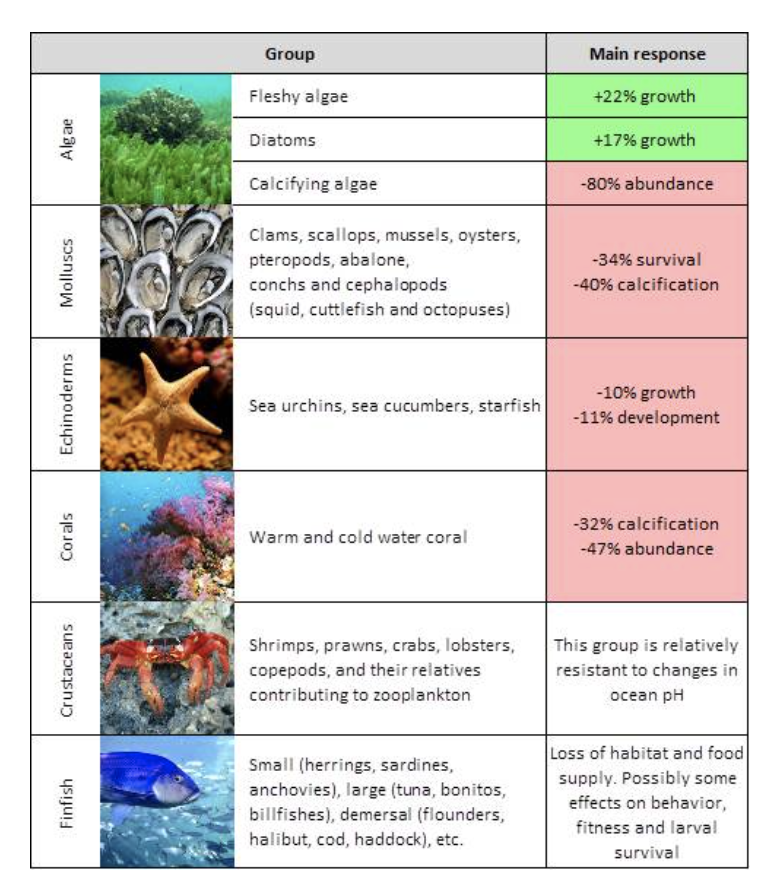How does climate change impact the Earth apart from the weather?
Climate change affects the earth in many and complex ways. Much research attention is currently being directed towards the influence of climate change on biodiversity both on land and in the oceans.
You’ve likely seen discussion about coral bleaching on our own Great Barrier Reef. Research from the IPCC (Intergovernmental Panel on Climate Change) shows that with global temperature rise of 1.5°C, 70-90% of coral reefs will be lost. With a rise of 2°C, 99% percent will be lost. Along with coral loss will come the degradation or loss of whole reef ecosystems and the species evolved to live in them.
The oceans have absorbed around a third to a half of carbon dioxide released into the atmosphere through human activity since the 1850s. This process is changing the pH of ocean water, making it more acidic. Research shows that there has been a 26% increase in ocean acidity since the 1850s – which is about 10 times faster than at any time in the last 55 million years. Ocean acidification makes carbonate less available in sea water and as this is the building block of the shells and skeletons of many marine organisms, it has negative consequences for many marine organisms. Molluscs and some species of plankton are particularly affected. Ocean acidification also further weakens coral, making it more vulnerable to destruction in storms. Some species may benefit: some algae and sea grasses may increase their growth rates. This image summarises how some key marine organisms will likely be impacted:

On land, climate change impacts on ecosystems are already widespread. One of the most visible may be the loss of millions of hectares of pine forest in British Colombia in Canada since the 1990s. This widespread damage has been caused by an insect called the Mountain pine beetle (Dendroctonous ponderosae). Normally kept in check by cold winter temperatures, the beetle has been able to survive winters that have recently become warmer due to climate change and has killed trees across vast areas.
In other places, species that are adapted to cool alpine or temperate environments move up towards mountaintops as temperatures warm – however, when they reach mountain summits, there is nowhere else for them to go. One example of this is the White lemuroid ringtail possum (Hemibelideus lemuroides) which lives only in the high altitude Daintree cloud forests here in Australia and is now only found on a few isolated mountain tops. It’s unable to survive temperatures above 30°C for very long.
Of course, animals that rely on ice, for example, Polar bears and Ringed seals in the Arctic, and Emperor penguins in the Antarctic, will be increasingly threatened as ice melts. A recent study has warned that almost all Emperor penguins in Antarctica will die out if no changes are made to greenhouse gas emissions.
The situation for the planet’s biodiversity is certainly very precarious and confronting – however, these losses are not inevitable. Science tells us that if we can work globally to limit greenhouse gas emissions quickly and dramatically, we would see a stabilisation of temperatures within 20-30 years. Restoring natural habitats has been identified as one way to both protect biodiversity and store carbon – a win-win for local biodiversity and the planet as a whole. Reducing emissions and restoring habitats (sometimes called “rewilding”) are essential now to protect the remarkable biodiversity of planet Earth.











